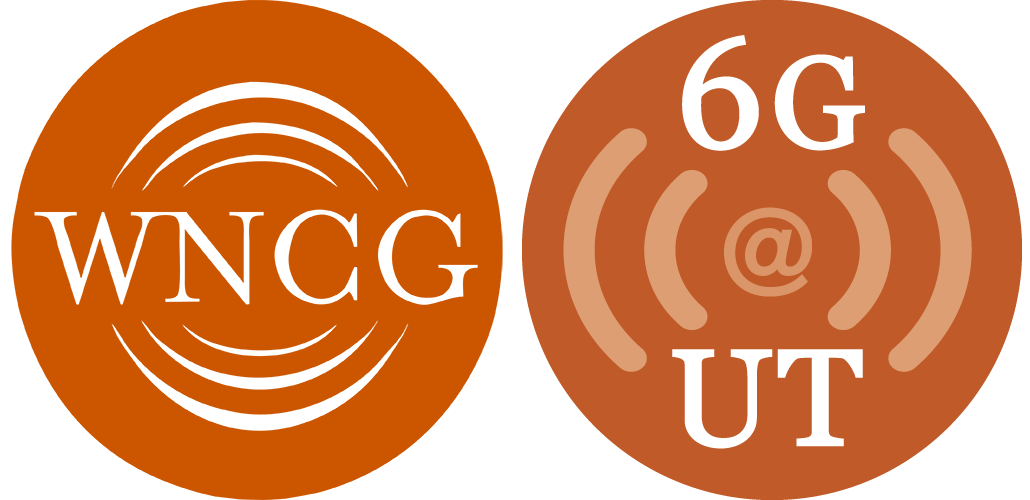The Internet of Things (IoT) is the network of physical objects ‘things’. The connectivity requirements of the things depend heavily on the application. In this talk, we focus on the use cases that require low power consumption, long battery life, and are characterized by low duty cycle and massive number of low cost devices. This talk is divided into two parts. In the first part, we focus on Narrowband IoT system for low power cellular connectivity, and in the second part, we discuss ambient re-scatter communications that allow extreme low power short range connectivity.
Narrowband IoT (NB-IOT) is a recent 3GPPP standard that specifies narrow band low power long range connectivity for machine type communications (MTC). NB-IOT is non-backwards compliant version of LTE that has been optimized for MTC applications. It supports three modes of operation: standalone mode utilizing a GSM carrier, guard band mode utilizing resource blocks within a LTE carrier’s guradband and in-band mode utilizing resource blocks within a normal LTE carrier. Operators can start using NB-IOT on their own frequency bands simply by updating the base station software making NB-IOT deployment easy. Besides the standard cellular MTC use cases, NB-IOT could potentially be used for other types of IoT connectivity applications as well. In this talk we will present a software defined radio based implementation of NB-IOT and discuss the system performance. We will also discuss the possible use cases of such an extreme light weight low cost base station implementation.
Even though NB-IOT is very low power radio, its power consumption still may exceed the capabilities of ultra-low power senor systems relaying on energy harvesting. The radio transceiver is one of the most energy hangry components of the IoT devices. In RFID systems, the reader transmits an unmodulated carrier signal that gets reflected and modulated from the RFID tag. The RFID tag itself does not need transceiver. It modulated the carrier by changing its reflection coefficient (impedance) which only requires a simple switching action. In ambient re/backscatter systems, the tag or sensor devices, modulated and re-scatters a modulated signal that is utilized by some other (primary) system for communications. The receiver of the primary communication link could try to demodulate both the original (primary) signal and the signal superimposed by the re-scatter devices. We show that such a bistatic re-scatter system can increase overall channel capacity and the excess capacity can be divided between the original communication link and the re-scatter system. That is, sensor information can be read from the devices with almost zero energy cost without interfering with the ongoing data transmission.

